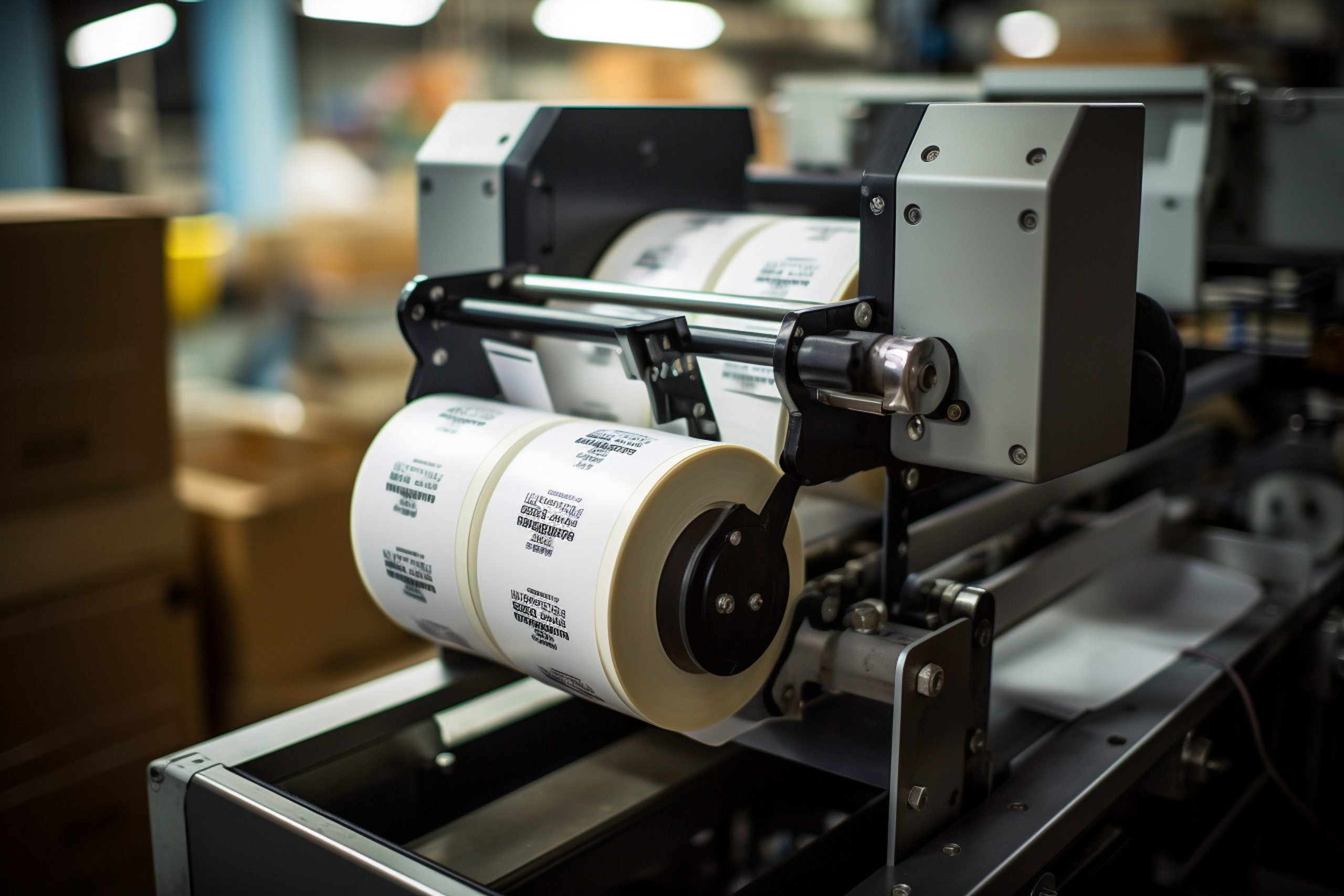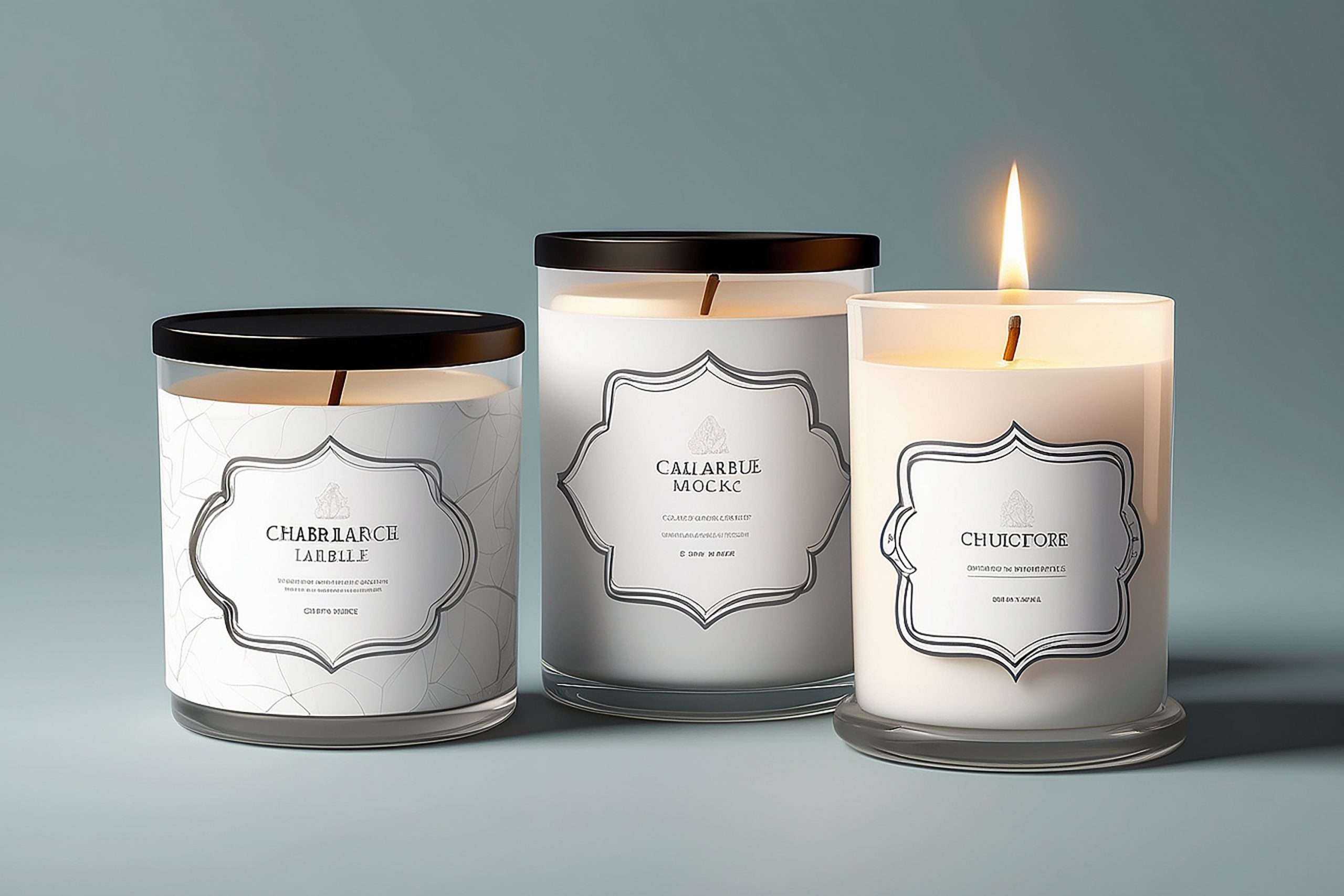We would not be wrong if we say that labels have as much importance in the beverage industry as the products themselves. This is because they are a way of differentiating yourself in the noisy market and stuck in the consumers’ minds. A well-designed label can become your lucky charm to attract customers and form a strong brand identity.
But beyond a well-crafted design and visual appeal, there is more to labels that are worth paying attention to. In this article, we are going to give you some beverage label printing tips that will help you as a beverage manufacturer to understand what will work the best for you and choose the right label for your products.
1. Consider Label Materials
As we mentioned above there are other things to consider as well apart from the design of the labels. Among those choosing the right label material is the first thing to consider. It requires careful selection as there are a few things that you must consider before the printing process begins.
Here are a few questions you will need to answer before choosing a label for your beverage products:
- Will your products be stored indoors or outdoors?
- Will they be in contact with water, sun rays, or anything else that may harm them?
- What are the benefits that different labels offer?
- How much budget do you have to spend on a label?
By answering these questions, you will know if a label aligns with the type of beverage you offer and its packaging. Now, let us look at some of the most common beverage label materials and their peculiarities.
Paper
Paper is one of the widely used beverage label materials. Its benefits include being low cost and easily cut into various shapes. The downsides include no resistance to moisture, water, chemicals, tear, or UV. However, if you have decided to use paper, there is a solution to avoid these problems. In order not to deteriorate, paper can be coated with matt or gloss lamination especially if the beverage is going to be exposed to wet conditions.
If you sell wine or champagne, felt is a perfect choice as it looks good and adds an elegant touch to the label. To make it look even better you can also add spot UV varnish and/or foil stamping.
Vinyl
If you produce a beverage that is going to be exposed to outdoor conditions, vinyl is a great label option. It is durable, has a natural resistance to chemicals, moisture, tearing and UV conditions. It also withstands rust and corrosion. There are gloss and matt types of vinyl that you can use based on your needs.
Above these qualities vinyl also sticks well on different bottle materials. Those materials must be degreased before using the vinyl so that they last longer.
Despite its expensive price, this is a good option for beverage labels due to all the advantages it offers.
Polypropylene
Polypropylene is a perfect choice for those beverages that require long lasting labels. It is highly resistant to various chemicals, UV and moisture, has a good print quality and high durability. One downside though is its low heat resistance. A type of widely used polypropylene film for beverage labels (especially water bottles) is BOPP. This is because of its high resistance to moisture and wet conditions.
Shrink-sleeve
Usually shrink-sleeve labels are made of polyester or plastic film material. It accepts the shape of any bottle due to shrinking under high heat. You can choose this label if your company produces carbonated or flat drinks, water, soft drinks, juices, beer, or yogurt drinks. This is a very flexible option if you are going to use shaped containers for your beverage products.
Polyester film (PET)
Polyester is a synthetic material widely used for wine labels. Due to its high resistance to moisture, decay, heat and cold it is a common choice for products that are exposed to harsher conditions. Polyester also has high resistance to UV and various chemical solvents.
2. Consider the Size and Shape of Your Beverage Bottles
The size and shape of bottles play a key role in beverage label printing. A label that fits perfectly on a regular beer bottle might not work as well on a curved wine bottle. Make sure to align the label size and shape with your bottle design.
Here is how to choose the right label size and shape for various beverage bottles.
Round Bottles
Round bottles offer more flexibility in terms of the width of a label. There is an option to leave a gap between both edges of a label or make it overlap. However, there is less room to manoeuvre when it comes to the height of the label. You must use only the flat parts of the bottle’s sides. Pay attention to this fact especially if the bottle you are going to use for your beverage has ridges because it leaves even smaller space for a label.
Common wine bottle label sizes include 3.5 x 4 inches, 4 x 4 inches, 5 x 5 inches, and 4 x 6 inches. For half bottles (375 mL), the standard label size is around 3 1/8 x 2 ¼ inches.
Square Bottles
There are two ways to apply labels on squared bottles. One way is to wrap it around the bottle as in the case of round bottles. Another way is to use two panels – the front panel for the logo and the back panel for nutrition facts. Choosing a square bottle for your beverage products might be an effective way to attract consumers and stand out on the shelves considering most bottles are round.
Uniquely Shaped Bottles
If you have chosen a bottle that has unusual shape, curves, or corners, it will make getting the right label size a bit difficult. Applying the label to the bottle will cause difficulties too because of the curves of the bottle. So, this is another thing to keep in mind in the beverage label printing process.
The most flexible choice of label material for uniquely shaped bottles is using shrink sleeve labels as they offer 360-degree coverage and easily accept the shape of a bottle they are wrapped around.
3. Choose the Right Label Adhesive
Choosing the right label adhesive for your beverage products can be tricky as one type of adhesive can be good for plastic materials, another type can be better for glass. Pay attention to some key elements such as the surface finish, the external stresses and the label function. Each of them demands specific things that are possible to achieve only with the right adhesive.
For example, glass is a relatively easy surface for good adhesion. However, factors such as surface treatments, bottle contours and the product life cycle can cause some issues. Bottles may be cold and wet during label application, but temperature and humidity will change during transportation and storage. So, you must choose a label adhesive that is water-resistant, can endure high-temperature and wet conditions and has good UV-stability.
Here are things to consider when choosing a label adhesive for your beverage product labels:
- The surface your labels will be placed on as some surface materials provide better adhesion than others.
- The shape of the bottle you will use as curved bottles can make the adhesive process complicated.
- The conditions your products will be kept on. If your product can end up in an ice bucket, you will need to select a moisture-resistant adhesive.
- The material you will use for your beverage bottles. Rougher materials can cause some challenges for adhesion as the adhesive may not set properly.
4. Decide If You Need Any Embellishments on the Label
Embellishments can impact on the appeal of your beverage bottle labels. Consider if your product could benefit from features like foil stamping, embossing, UV coating or silk screen. With the help of those elements your products can stand out on the shelf and attract potential customers.
Foil Stamping
Foil stamping can give your label a premium look perfect for high-end spirits and beverages. With the help of it you can achieve a luxurious look and communicate your brand quality.
Embossing
Embossing adds a three-dimensional effect that can make your brand name or logo pop. They give a prestigious effect to wine labels and are especially good on uncoated paper.
UV coating
UV coating adds a glossy, protective layer to print materials. It protects labels from fading and scratching, maintaining its visual appeal over time.
Silk Screen
Silk screens produce vibrant colors that stand out on the label, and the ink adds a raised, tactile texture.
Investing in high-quality beverage label printing is an investment in your brand’s success. With the right approach, your bottle labels can become a powerful tool in your marketing activities, helping your products stand out from competitors and driving sales.
There is a lot to beverage label printing and it requires an excessive amount of knowledge to understand what works best for your beverage products.
If you want to look professional and get the right label, working with printing houses will help you a great deal. You can get expert advice on everything from choosing the right material and adhesive to getting embellishments that look best on your beverage labels.



